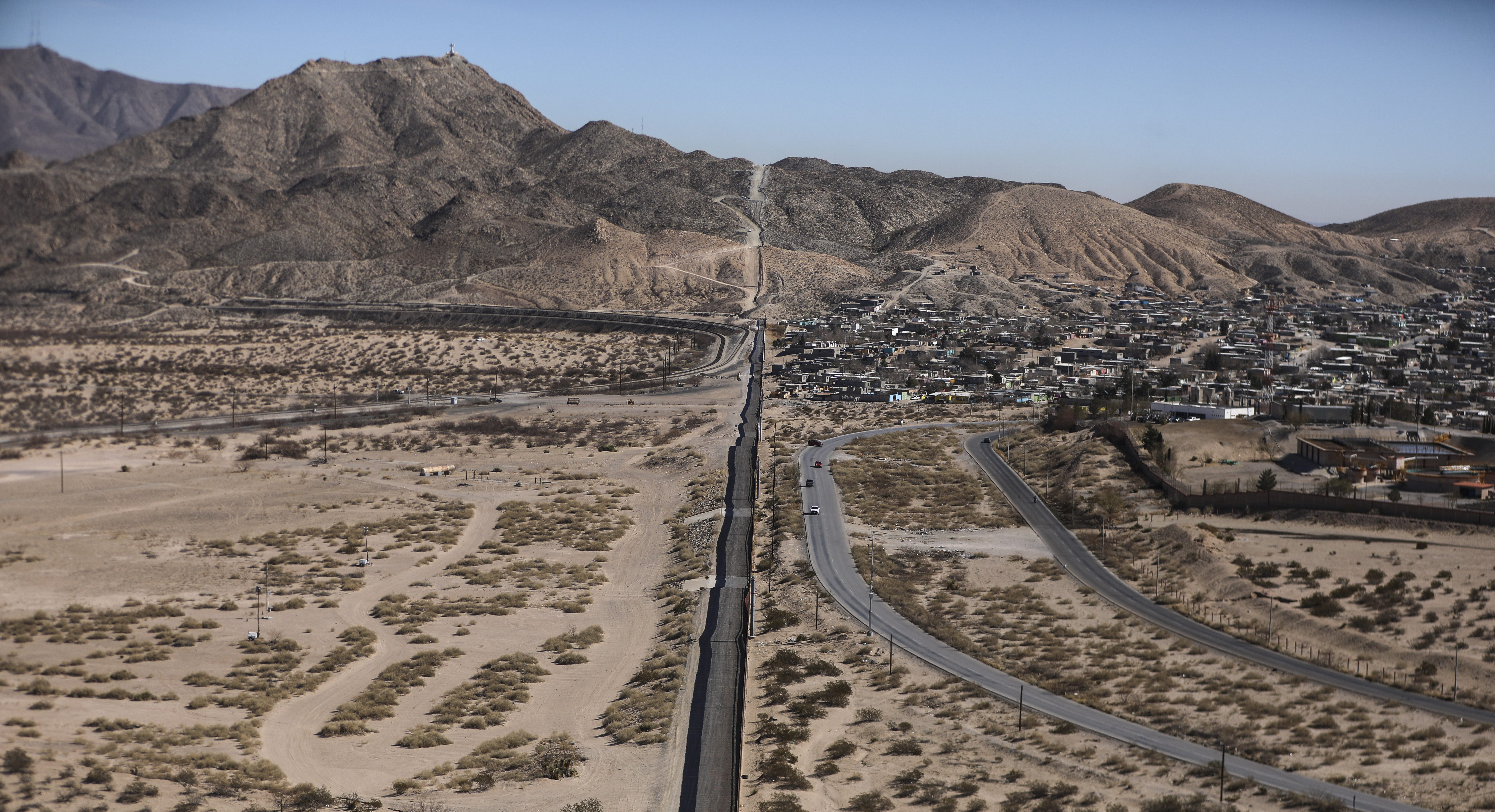What to Know
- The Department of Education and the Workforce was proposed to “reduce unnecessary bureaucracy."
- The proposed department would be divided into four sub-groups.
- Educators are unsure of the impact the merger would have on students and teachers locally.
While President Donald Trump has tweeted about fixing the country's education system, Secretary of Education Betsy DeVos is working to fade out key Department of Education programs, with her latest move coming this week.
During the campaign, Trump pledged to eliminate the Department of Education and last month took the first step when he proposed the agency be combined with the Department of Labor.
Though doing away with the department would likely appeal to Trump’s base, education and labor experts said the proposal is unlikely to pass because it aims to merge two agencies with different objectives. The proposal would require congressional approval.
Still, even if Congress doesn’t approve the proposal, the Trump administration has taken multiple steps to dismantle several of the department’s signature programs.
This week, DeVos is expected to eliminate Obama administration policy that protected students in debt to for-profit institutions, according to NBC News. DeVos’ desire to loosen regulations on for-profit colleges has prompted lawsuits from several state officials.
Critics of DeVos’ plans believe they’re intended to diminish the Department of Education’s oversight function, according to NBC News. Merging the education and labor departments could help the administration do the same.
U.S. & World
The Department of Labor didn't respond to NBC's request for comment. The Department of Education didn't make anyone available to comment.
"It's an ideological check off with small government conservatives in the Republican coalition," Seth Harris, a Cornell professor and former deputy secretary of labor under the Obama administration, said in an email to NBC. "They expect Republican presidents to downsize government. Going from two Cabinet departments to one may make it appear that Trump is committed to that agenda."
The merger proposal was introduced as the Trump administration aims to rescind a policy that asked schools to consider race in their admissions processes. The Obama-era policy was implemented to encourage diversity.
Sydney Morris, co-CEO of education advocacy group Educators for Excellence, said it’s unclear how the proposed department changes would impact teachers and students locally.
Since its inception in 1980, the Department of Education has created federal financial aid policy, monitored educational trends and made sure students have equal access to education.
The Department of Labor seeks to improve working conditions, protect benefits, connect employers with potential workers and monitor changes in employment trends.
Despite its small chance of passing in Congress, the proposal prompted concerns about the department’s role and funding of programs to help disadvantaged students, such as support for Title XI, special education and the approval of grants.
“We keep hearing to better coordinate education we need it to lead to jobs,” Laura Schifter, a Harvard professor who teaches a course about the federal government’s role in education, told NBC. “Education is much broader than the sole purpose of producing jobs. That’s something that’s lost.”
Educators are also concerned with the impact a potential merger would have on the Department of Education’s staff size. Though it has more than 4,000 employees, the agency sometimes fails to accommodate requests in a timely manner, said Noelle Ellerson, the associate executive director of policy and advocacy for The Schools Superintendents Association.
Harris, meanwhile, said the objectives of the two agencies only overlap in the category of workplace development and that it’s a myth that parts of both departments don’t already collaborate.
DeVos said in a statement that the proposal “will make the federal government more responsive to the full range of needs faced by American students, workers and schools.”
The plans to reorganize several agencies were first mentioned in March 2017, when Trump sought a review of the government to determine how to make it more efficient. The Trump administration previously expressed a desire to cut the Department of Education’s budget.
Trump’s efforts to makes changes to the Department of Education continue a trend among Republican administrations. Former President Ronald Reagan attempted to remove the department in the 1980s.
“It’s very clearly not a proposal that’s meant to be implemented,” Harris said. “It doesn’t talk about cost, structure [or] employees. It doesn’t talk about what the benefits would be.”



